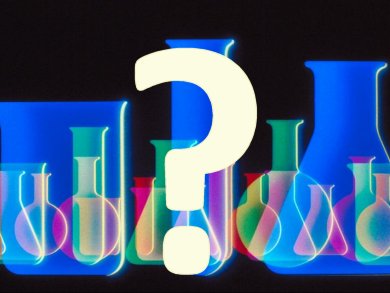This person’s work was concerned with the accurate determination of atomic weights. One of this person’s early atomic weight determinations was that of the accurate ratio between oxygen and hydrogen. To do this, this person directly weighed hydrogen in a glass globe. They then burnt the hydrogen with copper oxide and determined the weight of the resulting water. Due to the precision with which the experiment was conducted, this person was able to show for the first time that the ratio of hydrogen to oxygen was distinctly lower than the accepted 1:16 and therefore determine a value for the mass of hydrogen that was only 0.0004 different from today’s accepted value of 1.0078.
This person identified several common causes of inaccuracy in previous atomic weight measurements, such as occluded gases in salts and the retention of foreign material in precipitates, and re-determined, with very high accuracy, the atomic weights of over 30 elements.
This person showed that naturally-occurring lead and lead produced by radioactive decay had different atomic weights, providing the first experimental evidence supporting the concept of isotopes.
This chemist is also credited with the invention of the adiabatic calorimeter and the nephelometer, which was devised for his work on the atomic weight of strontium.
- The answer was published on January 31, 2013.
- See more quizzes



I believe the chemist was Antoine Lavoisier
Edward W. Morley
I Think the scientist is ‘GAYLUSSAC’.